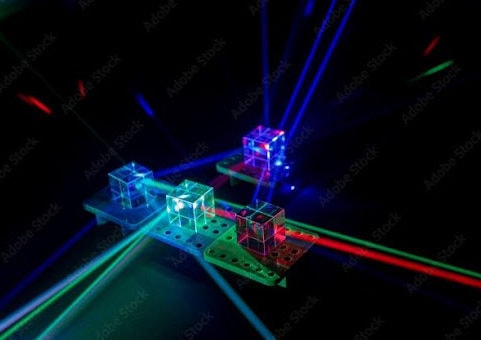The Science and Strategy Behind Night Vision Filters: Why Quality Manufacturing Matters
Created at : Oct 10 2025
In a world that increasingly depends on precision optics — from defense and security to industrial inspection and scientific research — the demand for high-performance night vision filters has never been greater. These specialized optical components enable imaging systems to capture what the human eye cannot see, amplifying low-light environments and revealing critical details in total darkness.
But crafting these filters isn’t just about technology — it’s about precision manufacturing and trusted partnerships. The quality of the materials, coatings, and engineering expertise behind each filter directly determines how well it performs in the field. For that reason, having a reputable manufacturing partner that provides top-tier materials and uncompromising quality control is absolutely essential.
Understanding How Night Vision Filters Are Created
At their core, night vision filters are designed to manipulate light — specifically to allow infrared and near-infrared wavelengths to pass through while blocking visible light that would interfere with image clarity. The process blends physics, optics, and advanced material science to produce filters that can perform flawlessly in harsh and demanding environments.
1. The Optical Principle
Night vision filters work by exploiting the behavior of light at different wavelengths. Infrared light — invisible to the human eye — is detectable by specialized sensors. By blocking visible wavelengths and transmitting only the infrared spectrum, night vision filters help imaging devices “see” in complete darkness.
The effectiveness of a filter depends on its precision control of wavelength transmission and reflection, which is achieved through extremely thin, layered coatings — often only nanometers thick.
2. Materials and Coatings
Creating a high-performance night vision filter begins with choosing the right substrate. Common materials include:
- Optical Glass or Polymers: Such as BK7 glass, fused silica, or durable polycarbonate.
- Infrared-Transmissive Compounds: Like germanium or zinc selenide (ZnSe), which naturally allow infrared wavelengths to pass.
- Dielectric Coatings: Ultra-thin layers of materials such as titanium dioxide, silicon dioxide, or magnesium fluoride are applied to the substrate to create the interference effects that control light transmission.
Each layer must be applied with absolute precision to achieve the desired optical response. Even a few nanometers of deviation can change the filter’s spectral performance.
3. The Manufacturing Process
Producing these filters is an intricate, multi-step operation that demands specialized equipment and expertise:
- Substrate Preparation: Optical glass is cleaned and polished to a mirror finish, removing any impurities or defects that could scatter light.
- Thin-Film Deposition: Using vacuum deposition techniques such as Physical Vapor Deposition (PVD), Electron Beam Evaporation, or Ion-Assisted Deposition (IAD), multiple dielectric or metallic layers are applied.
- Spectral Tuning: The thickness and refractive index of each layer are adjusted to fine-tune the transmission and reflection of specific wavelengths.
- Testing and Quality Control: Finished filters undergo rigorous testing with spectrophotometers to verify that they meet the precise wavelength cutoff, transmission efficiency, and optical clarity specified by the design.
Different Types of Night Vision Filters
There are several classes of night vision filters, each tailored to a specific function:
- Infrared-Pass (Longpass) Filters: Block visible light and transmit IR, ideal for IR-sensitive cameras.
- Bandpass Filters: Allow a narrow range of IR wavelengths to pass while blocking others; used in specialized imaging and targeting systems.
- Notch Filters: Block specific laser wavelengths for eye protection and safety applications.
- Neutral Density Filters: Reduce overall light intensity evenly across wavelengths, often used in conjunction with IR filters.
Why Partnering with a Reputable Manufacturer Matters
While understanding the science behind these filters is important, the partner you choose to produce them matters even more. In precision optics, success depends not only on design but on the integrity and capability of the manufacturer bringing that design to life.
Here are the key reasons why working with a reputable manufacturer with access to top-quality materials is critical.
1. Precision and Consistency
High-end night vision filters require microscopic layer control and perfect optical uniformity. Only experienced manufacturers with advanced coating technology can achieve:
- Consistent layer thickness across the entire optical surface
- Stable wavelength performance under field conditions
- Repeatable production runs without deviation
Poor-quality filters, on the other hand, can lead to blurred imaging, wavelength drift, or reduced infrared transmission — all of which can compromise safety and effectiveness in defense, security, or industrial environments.
2. Material Quality and Durability
Top-quality optical materials are the foundation of reliable filters. High-purity fused silica, germanium, and advanced dielectric compounds ensure:
- Maximum light transmission efficiency
- Resistance to thermal expansion, humidity, and mechanical wear
- Long-term stability and corrosion resistance
Lower-grade materials might save money upfront, but they degrade faster, leading to fogging, delamination, or performance loss — especially in high-heat or outdoor applications.
3. Customization and Engineering Support
A reputable manufacturer brings more than just production capability — they bring engineering expertise.
Custom night vision filters often require:
- Tailored spectral band design for specific sensors or imaging systems
- Simulation and prototyping support before full-scale production
- Data-backed quality assurance, including coating uniformity maps and spectral performance reports
The ability to work collaboratively on design optimization ensures that each filter performs exactly as intended in its final system.
4. Compliance and Certification
Many high-performance optics are used in military, aerospace, and scientific applications, where compliance isn’t optional. Reputable manufacturers maintain certifications such as:
- ISO 9001 for quality management
- ITAR or MIL-SPEC compliance for defense-grade production
- Environmental testing standards for extreme conditions
These certifications demonstrate not only manufacturing excellence but also a commitment to traceability, accountability, and global standards compliance.
5. Protecting Your Reputation and End Product
Your reputation is only as strong as the products you deliver — and those products are only as good as the components inside them. Choosing a trusted partner ensures:
- Reliable product performance under all conditions
- Fewer defects, rework costs, and returns
- Greater customer confidence and brand credibility
A reputable manufacturing partner doesn’t just supply components — they strengthen your brand, streamline your production process, and enhance the overall value of your product line.
The Bottom Line: Quality is Non-Negotiable
The creation of custom night vision filters demands a marriage of advanced optical engineering and uncompromising manufacturing quality. Every step — from substrate polishing to layer deposition — affects the final performance, reliability, and longevity of the filter.
By partnering with a reputable manufacturer capable of providing top-quality materials, precision coating technology, and full-spectrum quality assurance, companies can ensure that their optical products perform exactly as designed — every time, in every environment.
For night vision and infrared optics, there’s simply no substitute for quality. The difference between a good filter and a great one comes down to who you trust to make it.

 CUSTOM OPTICAL FILTERS
CUSTOM OPTICAL FILTERS
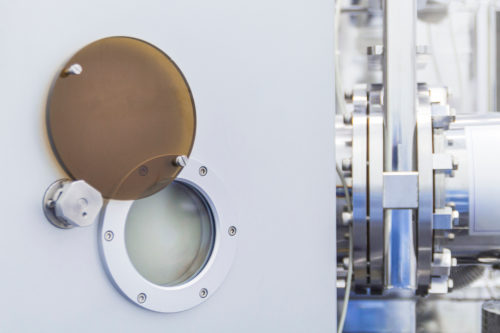 OPTICAL WINDOWS
OPTICAL WINDOWS
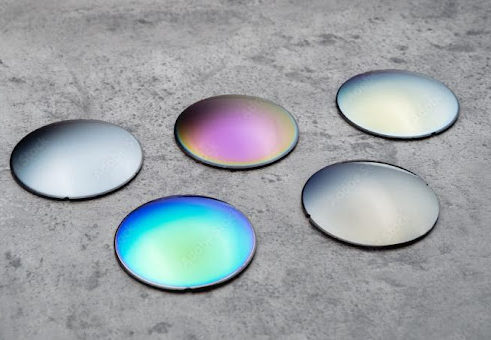 OPTICAL COATINGS
OPTICAL COATINGS
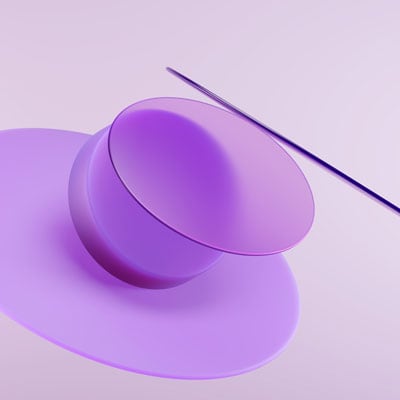 UV OPTICS
UV OPTICS
 CYLINDRICAL OPTICS
CYLINDRICAL OPTICS
 CUSTOM TEMPERED OPTICS
CUSTOM TEMPERED OPTICS
 OPTICAL MIRRORS
OPTICAL MIRRORS
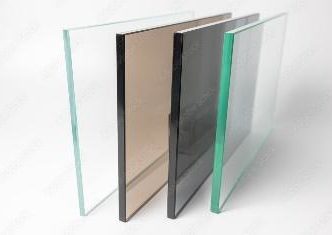 NEUTRAL DENSITY
NEUTRAL DENSITY
 PRISMS & RETROREFLECTORS
PRISMS & RETROREFLECTORS
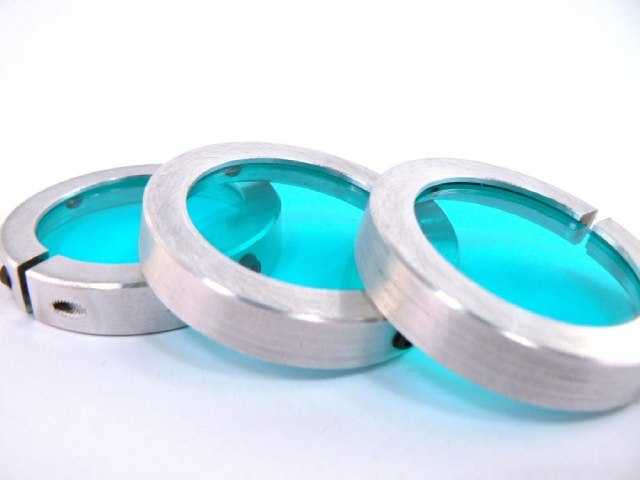 ASSEMBLIES
ASSEMBLIES
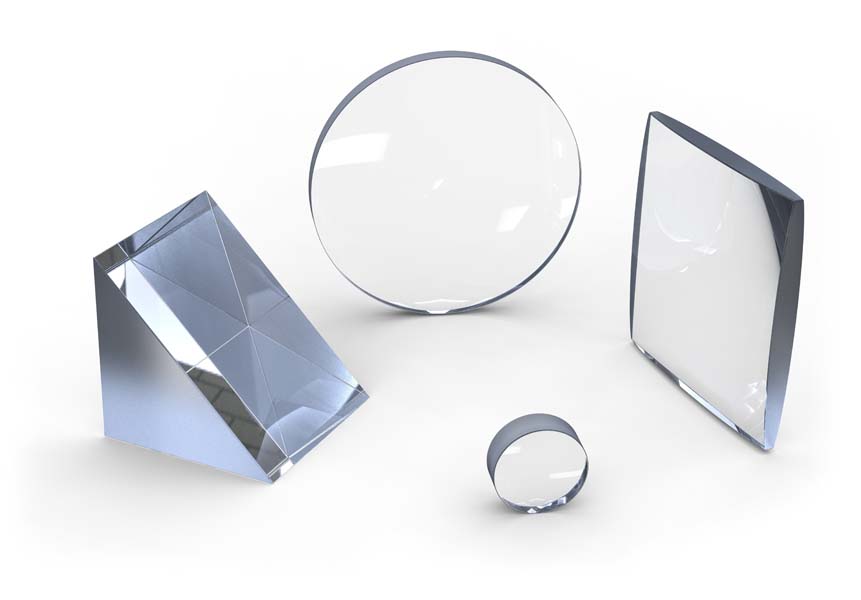 OPTICAL LENSES
OPTICAL LENSES
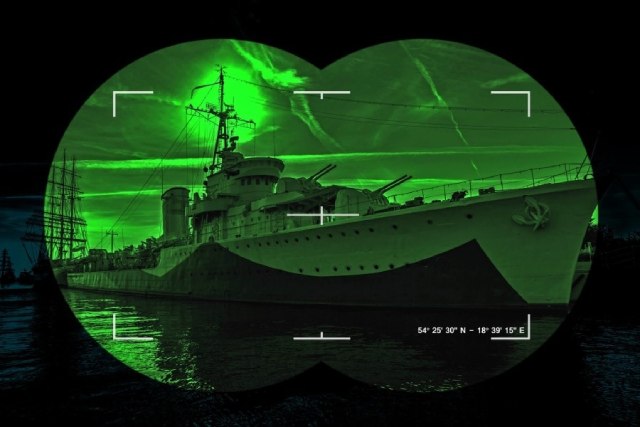 NIGHT VISION FILTERS
NIGHT VISION FILTERS
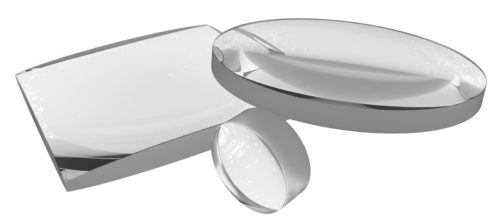 ACHROMATIC LENSES
ACHROMATIC LENSES
 OPTICAL BEAM SPLITTERS
OPTICAL BEAM SPLITTERS
